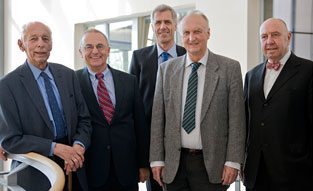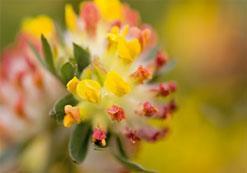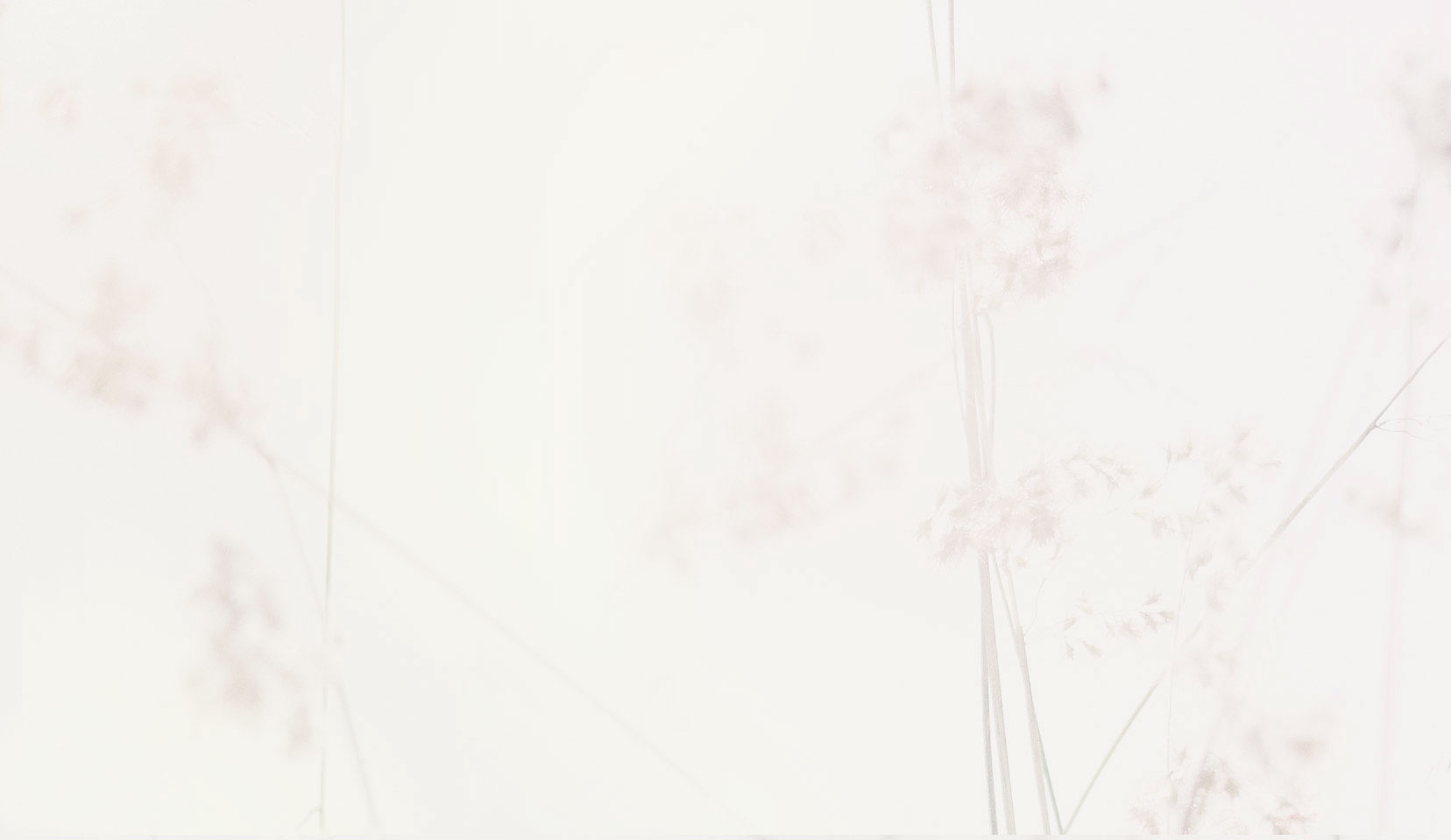


The WALA Foundation
Profit is interesting when it creates opportunities
Hauschka’s aim was to focus on human activity. He asked himself:
- Who should own the company?
- How can the company's vision be perpetuated in the long term?
- How and to whom will the profits be distributed?
Karl Kossmann, co-founder of the WALA Foundation and WALA employee from 1952 until his death in 2015, recalled: “In the 1950s, we didn’t have a managing director; we were shareholders. ... Then, something happened that was of great importance to both me and WALA: we had to resolve the question of company ownership in a thoroughly different manner to how we had done so previously. … It was all about the company’s equity, which we referred to as the social capital. The new Articles of Association established that this social capital cannot be bequeathed. Likewise, the legal title that you hold as a shareholder cannot be bequeathed to a biological heir.”
(Karl Kossmann)
WALA therefore still retains its ideological roots, a strong independence from individual and market interests, and great identification with its employees – despite there now being about 800 of them.
A commercially active foundation
In 1986, the ideas of the WALA pioneers culminated in the establishment of the WALA Foundation, which has since been responsible for the entire company. It is the 100% shareholder of WALA Heilmittel GmbH, which includes the divisions WALA Medicines and Dr. Hauschka Skin Care. What exactly does that mean?
That means that all profits generated by the GmbH belong to the foundation. These profits are used to safeguard the company’s future (and enabling, for example, investments) or distributed among the employees.
You could say that WALA belongs to everyone as trustees. And that is precisely how it should be.


